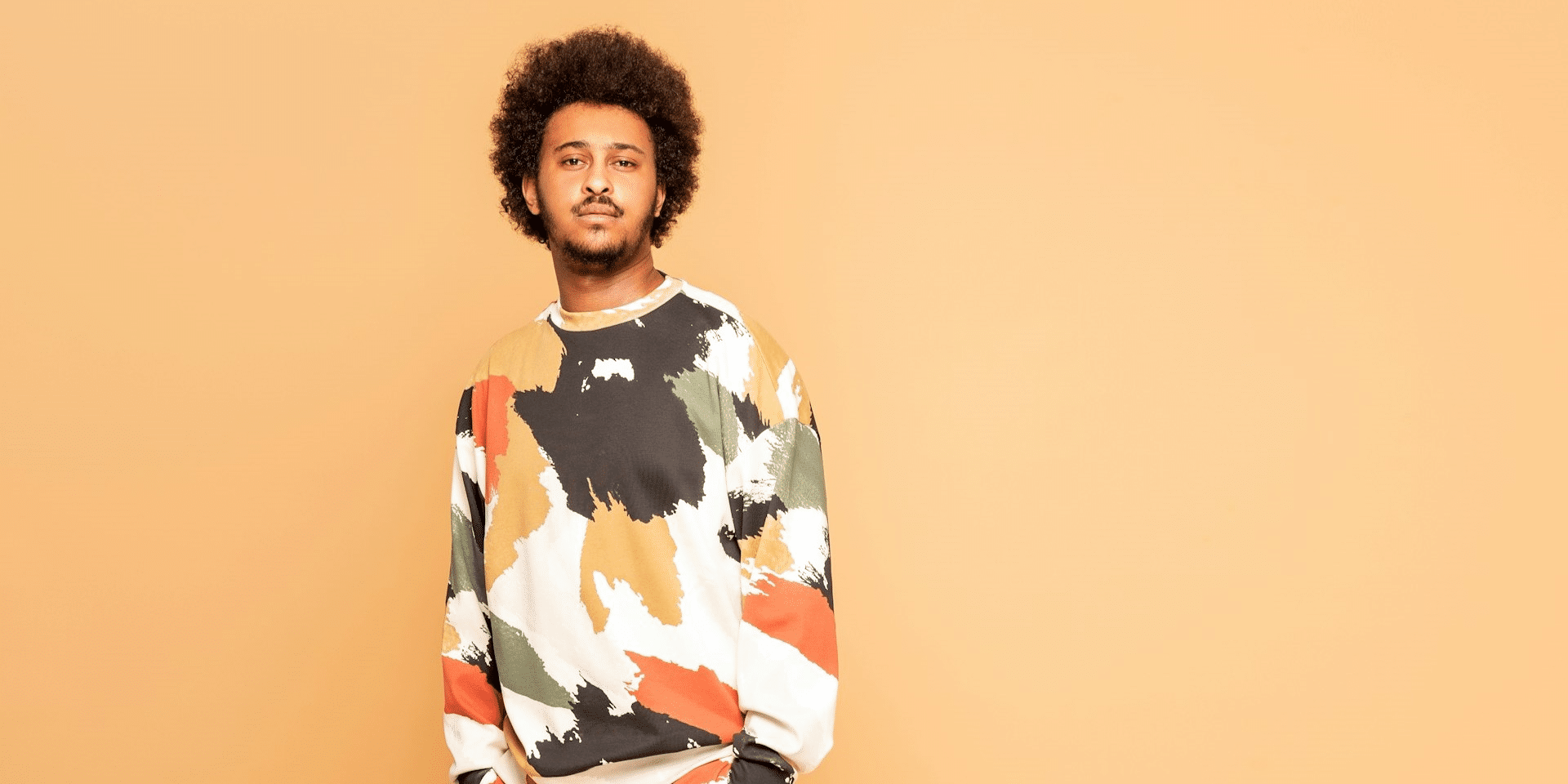In the intricate tapestry of African American culture, certain elements emerge as both functional and symbolic. Among these is the durag, a simple yet significant accessory that has traversed the annals of history. From its utilitarian origins to its symbolic resonance, the journey of African Americans and durags unveils a narrative of resilience, cultural identity, and a timeless expression of style.
The Roots: Durags as Tools of Practicality
The history of African Americans and durags can be traced back to the era of slavery in the United States. As a practical response to the harsh conditions faced by enslaved individuals, durags found their utility in maintaining and protecting textured hair. The headpiece served as a functional tool, protecting hair from the elements and minimizing damage during laborious activities.
Utilitarian Origins During Slavery
Enslaved individuals ingeniously repurposed materials to create durags, often using scraps of cloth or discarded fabric. The functionality of the durag during this period extended beyond hair protection; it became a symbol of resourcefulness and resilience in the face of adversity.
Durags as a Protective Barrier
Beyond their role in preserving hairstyles, durags served as a protective barrier against insects and the sun. The practical aspects of durags, born out of necessity, reflected the ingenuity of the African American community in adapting to challenging circumstances.
Contrarian Statement: Durags in Popular Culture
While the utilitarian origins of durags are rooted in history, their presence in popular culture has sometimes been subject to misconceptions. Durags, which were once essential for practical purposes, have faced stigmas and negative stereotypes in certain societal contexts. However, acknowledging the cultural and historical significance of durags helps dispel misconceptions and fosters a more informed understanding.
The Evolution: Durags as Cultural Icons
As the African American community navigated through eras of cultural shifts and societal changes, durags evolved from practical tools into cultural icons. The mid-20th century witnessed a resurgence of durags as fashion statements, particularly during the Harlem Renaissance. Jazz musicians and artists embraced durags as a symbol of style and individuality.
Durags in the Harlem Renaissance
During the Harlem Renaissance, durags became synonymous with a sense of urban sophistication. Musicians like Duke Ellington and Cab Calloway adorned durags, elevating them from utilitarian items to fashion statements. This era marked the beginning of durags as an expressive accessory that reflected personal style.
The Durag’s Influence in the Hip-Hop Era
The durag experienced another resurgence in the late 20th century with the rise of hip-hop culture. Artists like Jay-Z and Nas incorporated durags into their fashion repertoire, contributing to the mainstream acceptance of durags as symbols of cultural pride and self-expression. The durag became more than a head covering; it became a statement of identity.
The Symbolism: Durags as Cultural Signifiers
In contemporary times, durags continue to serve as cultural signifiers within the African American community. They represent a connection to heritage, a celebration of natural hair, and a form of self-expression. Durags are not merely accessories; they embody a sense of cultural identity and pride.
Embracing Natural Hair
Durags play a crucial role in the natural hair movement, encouraging individuals to embrace and celebrate their textured hair. The durag helps protect natural hairstyles, preserving curls, coils, and waves. It has become a symbol of pride in one’s natural beauty and a rejection of Eurocentric beauty standards.
A Fashion Statement and Beyond
Durags have transcended their functional origins to become fashion statements. From vibrant patterns to luxurious fabrics, durags are now available in a myriad of styles, reflecting personal taste and creativity. The embrace of durags as a fashion accessory empowers individuals to express their unique style while celebrating cultural heritage.
Upholding Tradition: Durags in Modern Context
As durags continue to be embraced in the 21st century, they serve as a bridge between the rich history of African Americans and the contemporary landscape. Modern individuals use durags not only as functional accessories but also as symbols of cultural pride and a connection to ancestral roots.
Durags as a Form of Empowerment
In modern society, durags are embraced as a form of empowerment. Individuals of all ages and backgrounds use durags to express their identity, celebrate their cultural heritage, and make a fashion statement. Durags have become an integral part of the broader movement towards cultural authenticity and self-expression.
Celebrating Individuality and Resilience
The continued popularity of durags reflects a celebration of individuality and resilience within the African American community. In a world where cultural appropriation and stereotypes persist, durags stand as a symbol of self-determination and a reclaiming of cultural narratives.
Perpetuating Elegance: The Enduring Legacy of Durags
In conclusion, the history of African Americans and durags unfolds as a narrative of practicality, resilience, and cultural pride. From their utilitarian origins during slavery to their symbolic significance in contemporary times, durags have traversed history with elegance and endurance.
The journey of durags from functional head coverings to cultural icons mirrors the enduring spirit of the African American community. By embracing durags as both a link to the past and a form of self-expression, individuals perpetuate the elegance and significance of this timeless accessory, ensuring its legacy endures for generations to come.







